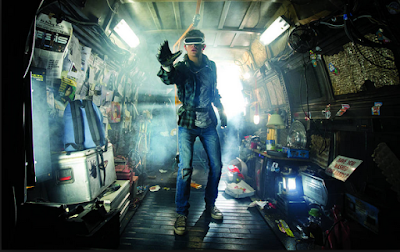let users 'touch' virtual objects
 |
| let users 'touch' virtual objects TECH4PROFET.ONLINE |
Engineers and software developers all over the world are trying to create technology that helps users touch, catch and harass virtual objects, such as feeling that they actually touch something in the real world.
Scientists in the EPFL and ETH fields have made this goal just a lightweight step with their new haptic gloves, which is not just 8 grams per finger but also suggests that it is extremely realistic. On each finger in gloves only 40 volts and 40 million watt power power and only a few multitudes of power can be generated. It also has a small battery running capacity. It translates into gloves with less form factor (only 2 mm thickness), a unique level of movement and freedom of movement.
"We want to develop a lightweight device - unlike current virtual fact gloves - require massive expenses, pumps or very thick cables," says Hebrat Shaw, head of EPFL's Soft Transformers Laboratory (LMSS). do not have."
Scientists' gloves, called descars, have been tested voluntarily in fertilizer and will be presented in the upcoming ACM symposium on the user interface software and technology (UIST).
Fabric, metal strips and electric
DextrES is running on fingers with nylon-thin elastic metal strips. Strips are separated by a thin insulator. When the user's fingers are in touch with a virtual object, the controller applies to a voltage difference between the metal strips, because they have to stay together with electrostatic attention. This is a break force that helps to prevent the movement of finger or thumb. Once the voltage is removed, the metal strips shine smoothly and the user can free their fingers once freely.
Light your mind
For now gloves are powerful by a very thin electric cable, but requires low voltage and power, instead a very small battery can be used instead. Shia says "the system's low power requirements are due to the fact that it does not make movement, but the blocks are one." Researchers also need to examine how to comply with real terms to control their close-ups to give users realistic experience. "The human sensitivity system is highly developed and extremely complicated. In many fingers of our toes many types of receptors are receptors and embedded in the skin. As a result, while talking with virtual views, realistic The problem is one. The problem is very difficult and is not currently being resolved. Our task is one step in this direction, especially focusing on physicist feedback. "Advanced Interactive Technologies in ETH Zurich Says Lab's head Otter Holes.
In this joint research project, hardware was developed by EPCH in its own computer campus in the Natchilee, and virtual virtual system was created which ETH Zero also tested the user.
Our good partnership with EPFL lab is a the great match. It allows us to cope with the speed and depth of some long-term challenges that will not be otherwise possible."
The next step will be to apply it to the other parts of the body using the device's scale and connection making clothes. "Gujarat is currently the biggest market, but there are many other potential applications - especially for healthcare, such as training syrups. Technology can also be implemented very much."





No comments: